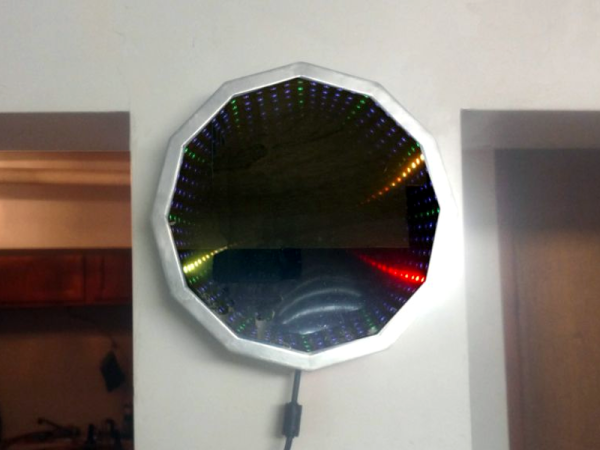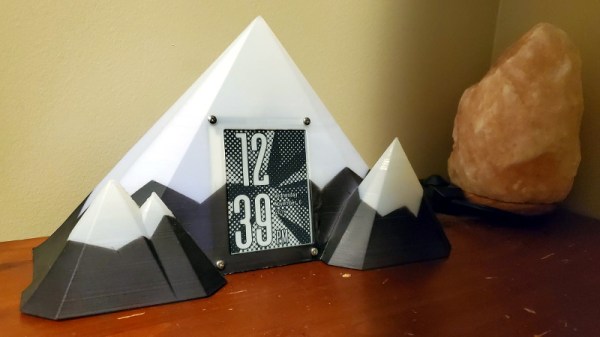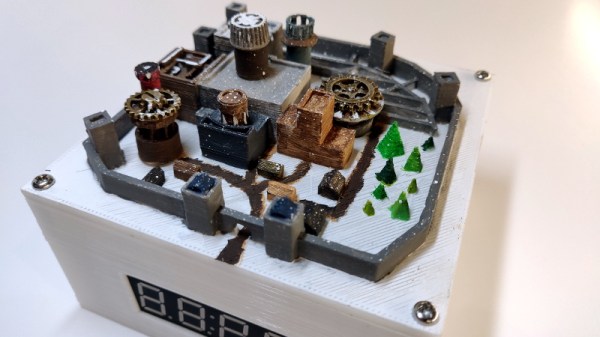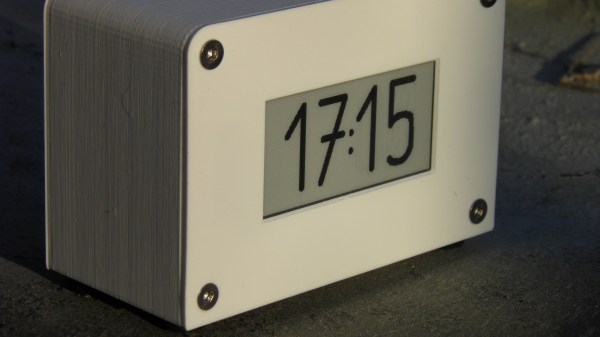[Ioszelos] built a nixie clock with a dizzying array of features.
Do you ever wish that you could log in to your clock from your phone and turn off your TV? We assume that [Ioszelos] did. The clock can also play MP3s and stream radio stations. It can record the indoor temperature, humidity, and barometric pressure. Did we mention it’s an FM radio too? We’re not sure, but we wouldn’t be surprised if there was a faucet hiding somewhere on the contraption.
A team effort shared between an ESP32 and Mega 2560 run the Rube Goldberg-like show. Custom boards were spun up to provide the control and voltages needed for the nixie tubes. The clock is constructed from machined plates and 3D printed files.
It all comes together in a steampunk reminiscent assembly. The glow from the RGB leds and nixie tubes combine to make an interesting visual effect. We’ve certainly never seen a clock quite like it before.























